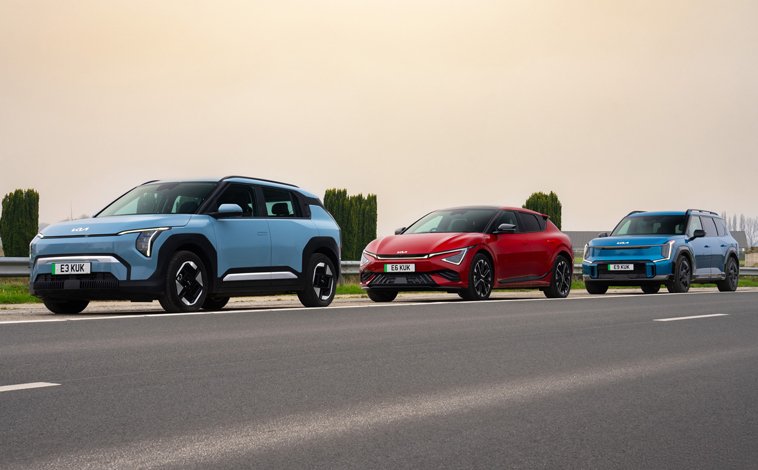Ice record for Jeep Grand Cherokee
May 5, 2019
At the annual Speed Days of the Baikal Ice Motor Sports Festival 2019 in Russia, the Jeep Grand Cherokee Trackhawk set the speed record for SUVs driven on ice.
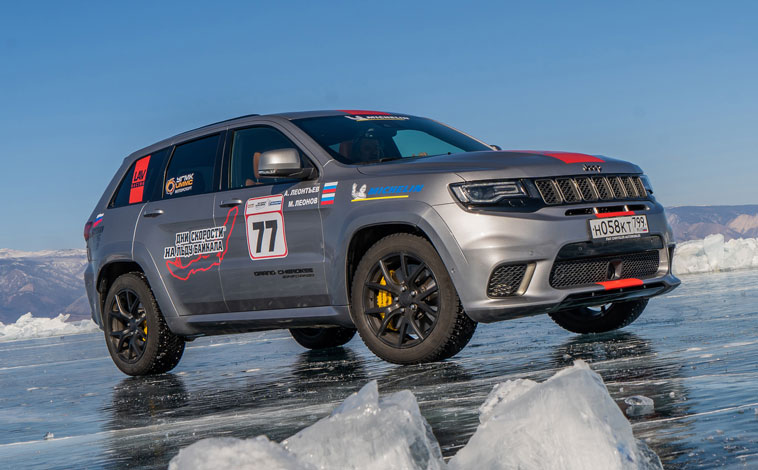
According to data confirmed by the Russian Automobile Federation (RAF), the Jeep Grand Cherokee Trackhawk was able to achieve an average speed over a distance of one kilometre of more than 257km/h with a rolling start and an average speed starting from a standstill of more than 100km/h. The maximum speed on ice according to the GPS trackers was 280km/h.
The Jeep Grand Cherokee Trackhawk backs up its claim as the most powerful mass-produced SUV in the world. Under the bonnet is a 710hp 6.2-litre V8 engine. Despite its impressive dimensions, the Trackhawk reaches 100km/h in just 3.7 seconds, with a maximum speed of 290km/h.
Participation in this event means a serious load on the braking system due to the unique conditions of the Baikal ice. In sunlight, the surface of the lake is covered in a film of water, which reduces grip on the surface. Even in such conditions, the Grand Cherokee Trackhawk demonstrated excellent braking results thanks to the Brembo brake system, which uses large front brakes.
Traction was granted by the Jeep Quadra-Trac on-demand four-wheel-drive system, which includes an electronic limited-slip rear differential and a single-speed active transfer case, and the Selec-Track system with five dynamic modes – Auto, Sport, Track, Snow and Tow – which allows the driver to choose a vehicle setting that ideally meets any requirement and ambient conditions, including ice driving.
Before the race, unnecessary items were removed from the Grand Cherokee Trackhawk and a sufficient level of fuel was included.
All the runs were conducted in line with the regulations of the Russian Fédération Internationale de l’Automobile (FIA).
The Speed Days of the Baikal Ice festival were first held in 2011. Over eight years, more than 20 speed records have been set on the Baikal ice in different categories of vehicles. All runs are traditionally conducted on natural bare ice and preparation of the route is limited to the removal of obstacles (packed snow, hummocks) affecting safety for drivers and judges. Achievements are recorded by licensed judges from the Russian Automobile Federation, using timekeeping equipment approved by the Fédération Internationale de l’Automobile (FIA).
Latest News
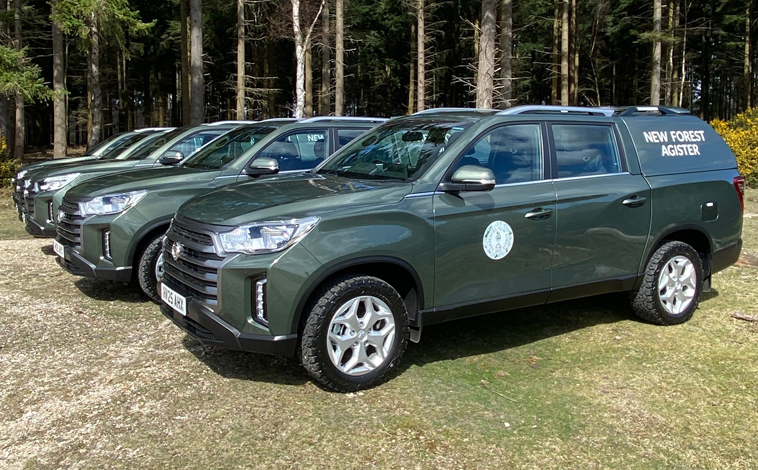
Duty calls for five KGM Musso pick-ups
KGM Motors UK, formerly SsangYong, is proud to support the Verderers of the [...]
SEAT launches a new Black Edition trim
Order books for the SEAT Black Editions have opened with drivers offered the [...]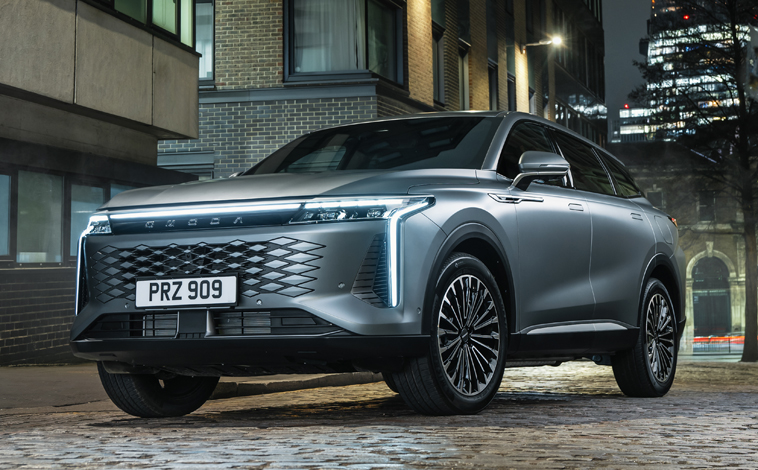
OMODA announces new model pricing
OMODA has officially revealed pricing and opened the order books for its flagship [...]
Toyota unveils its new Urban Cruiser
Toyota has officially launched its all-new compact SUV, the Urban Cruiser, at its [...]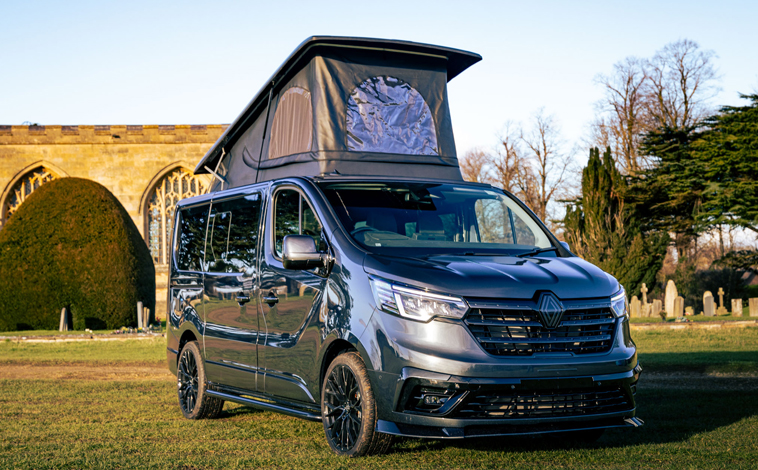
Carry on camping with Renault Trafic
The Renault Trafic is proving the perfect model for a brand new, off-grid, [...]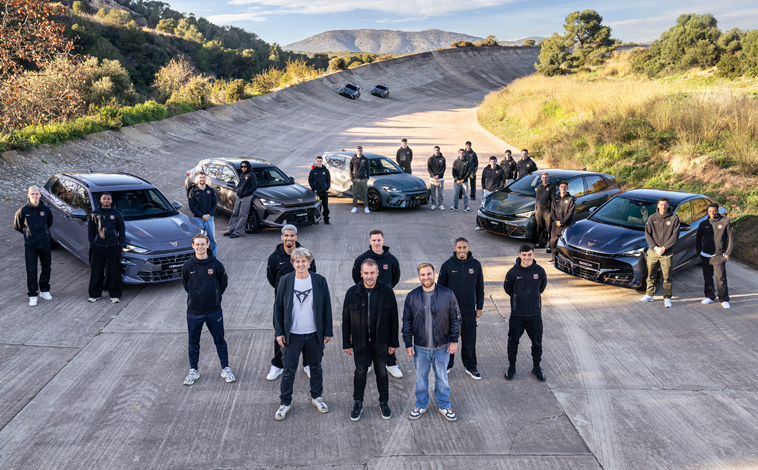
Barcelona players go track racing
Barcelona men’s football team players customised their new CUPRAs, after testing them during [...]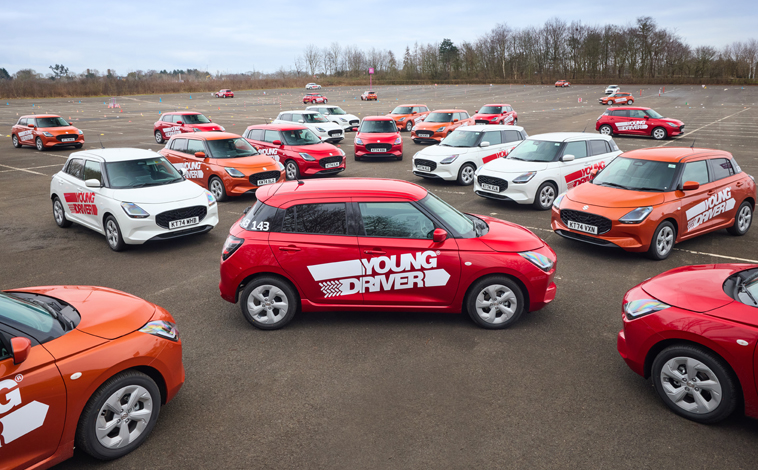
Suzuki Swift to Young Driver’s rescue
Young Driver, the UK’s foremost under-17s driver-training company, has just taken delivery of [...]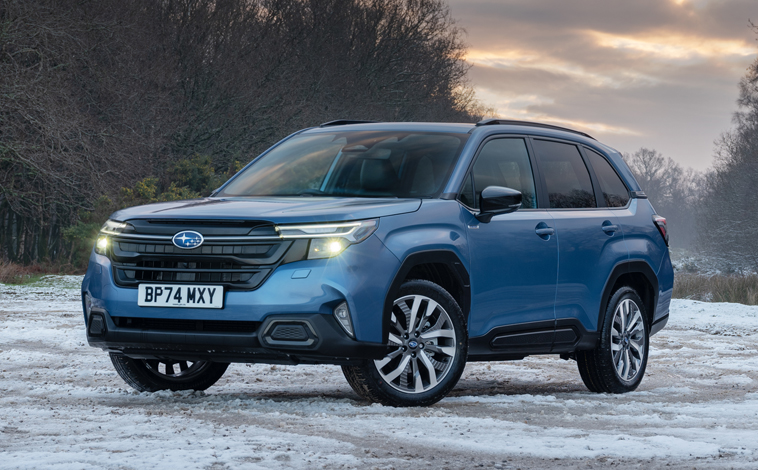
New Subaru Forester is right on track
Subaru UK & Ireland has announced the pricing and specifications for the all-new, [...]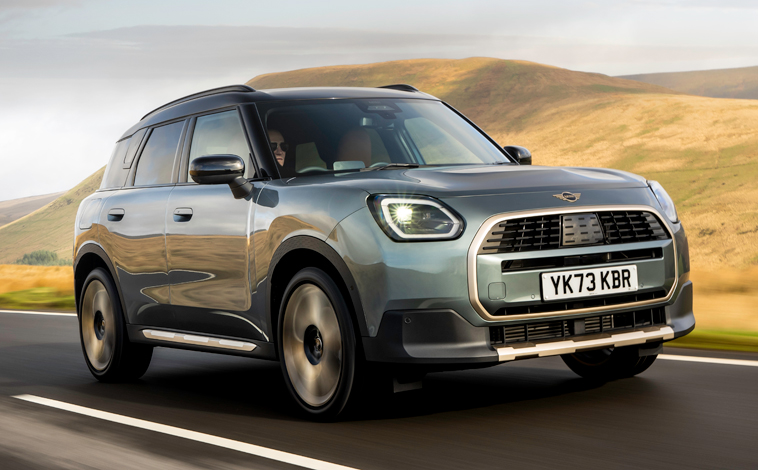
Optional upgrades for the MINI family
Following the successful launch of the new MINI family, a range of additions [...]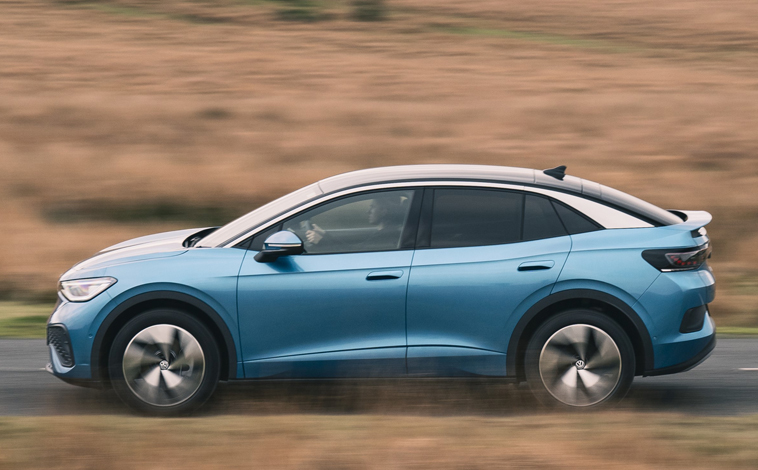
Save £1,000 when ordering a new VW EV
Anyone ordering a new Volkswagen electric vehicle between now and March 3 this [...]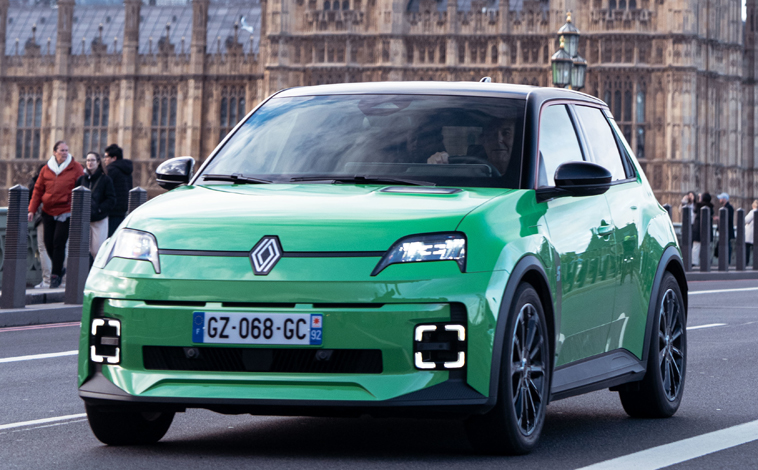
Get priority access to the new Renault 5
The Renault 5 E-Tech electric is available to order for R-Pass customers, giving [...]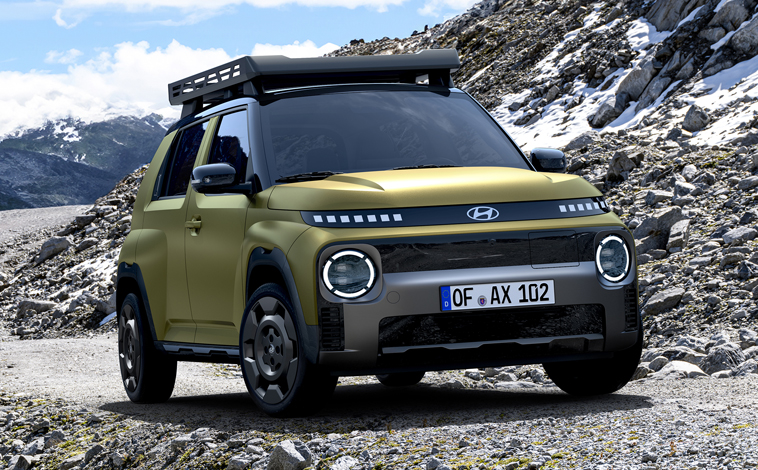
Inster Cross has an adventurous side
Hyundai has announced pricing and specification for the Inster Cross, the all-new EV’s [...]
WWCOTY announces its finalists for 2025
The Women’s Worldwide Car of the Year (WWCOTY) has announced the winners of [...]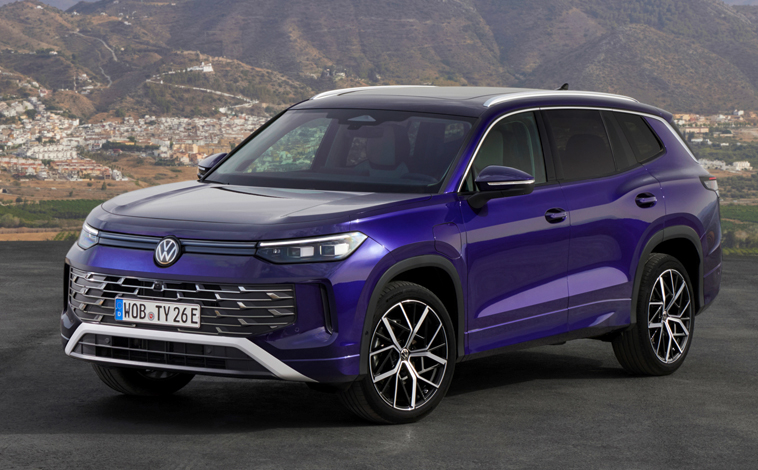
Prices announced for VW’s new Tayron
The all-new Volkswagen Tayron goes on sale in the UK on January 9 [...]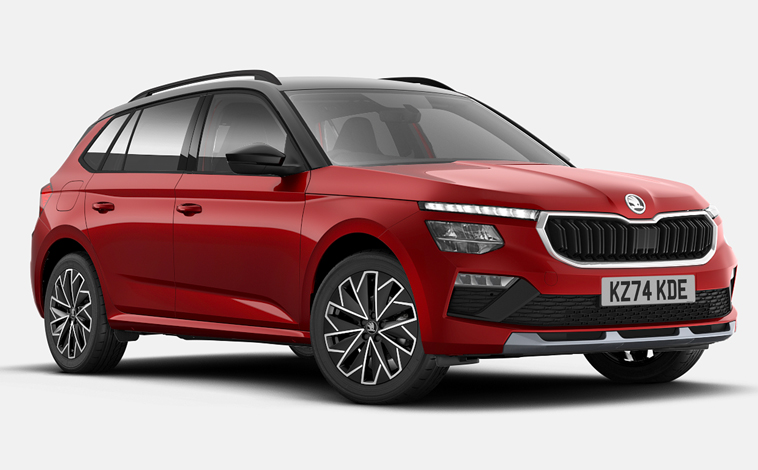
Skoda adds Design trim to Kamiq range
Škoda is building on the success of its award-winning Kamiq range by adding [...]